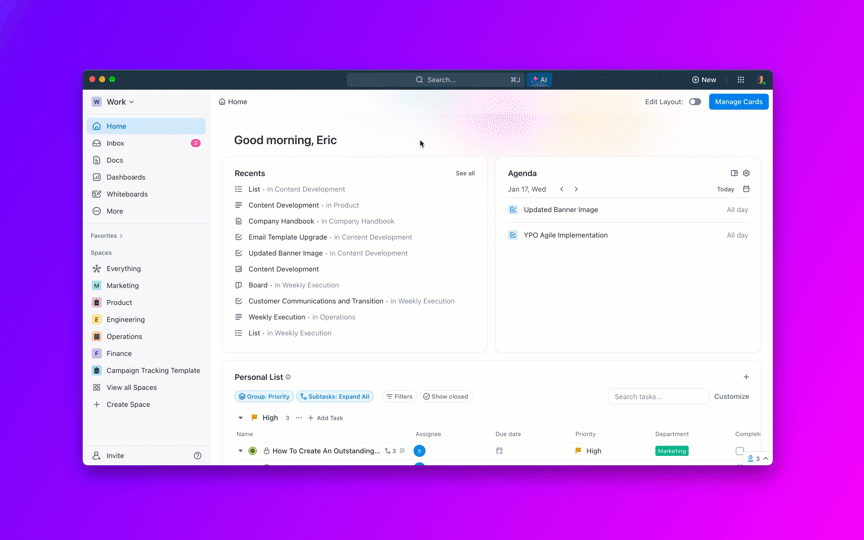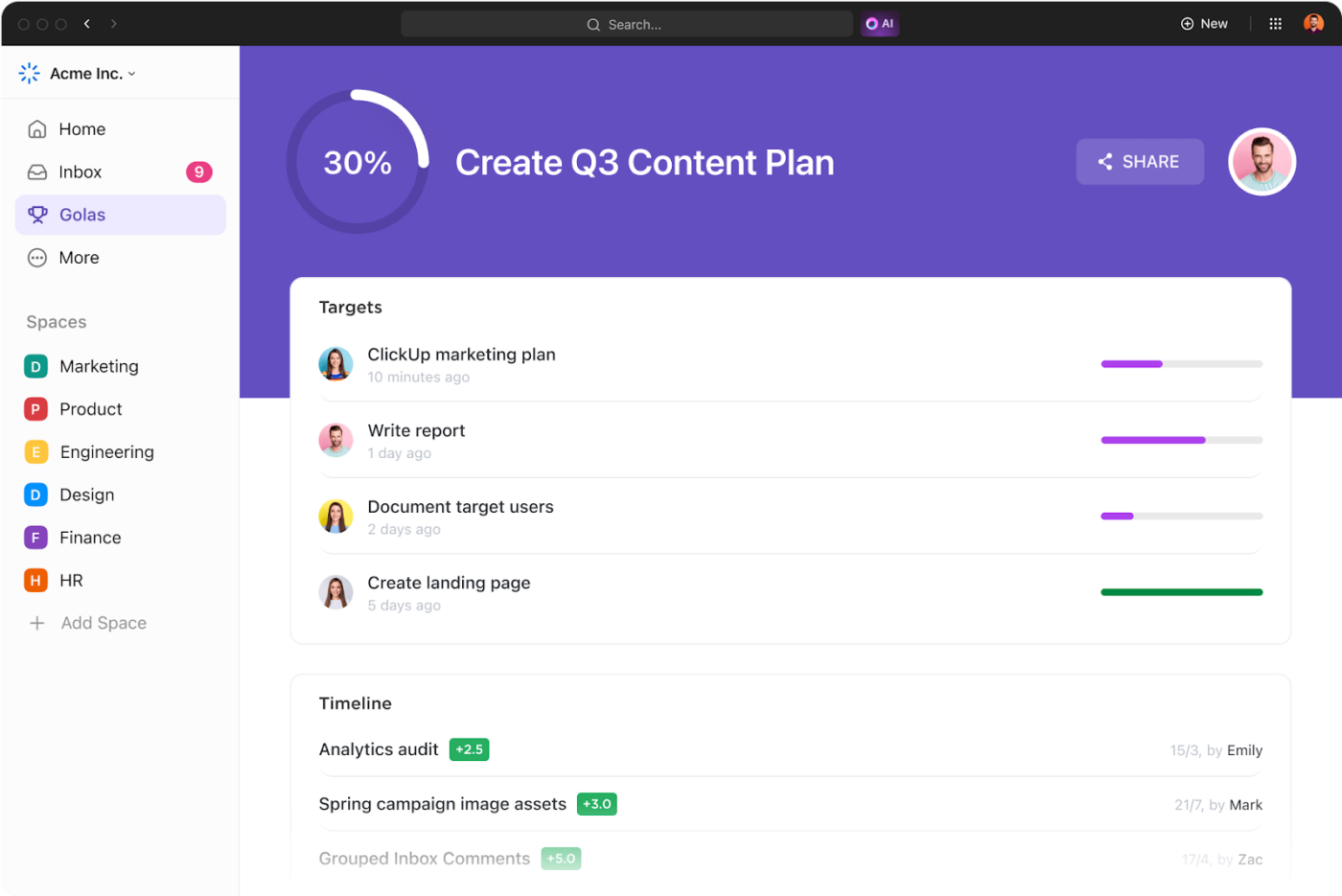75+ Self Evaluation Examples to Enhance Performance Appraisals

Sorry, there were no results found for “”
Sorry, there were no results found for “”
Sorry, there were no results found for “”

A professional self-evaluation is kind of like a selfie.
Just like a selfie captures a moment, a self-evaluation is a snapshot of an employee’s professional life! But we know writing a self-evaluation isn’t as easy as taking a selfie.
What achievements should you highlight? How do you talk about your challenges without sounding negative? Striking that right balance between confidence and honesty can be tricky.
If crafted well, a self-evaluation will showcase your contributions, highlight your progress, and set the stage for future opportunities. It will also give your manager valuable insights into your performance and career goals.
In this guide, we’ll walk you through how to write a strong self-evaluation, step by step. Plus, we’ve included 75+ self-evaluation examples to help you get started with confidence.
Let’s first understand what self-evaluation is.
Self-evaluations are opportunities for employees to assess their own performance, strengths, and areas for improvement. They are structured reflections that allow individuals to highlight their achievements, acknowledge challenges, and set future goals.
Typically part of the performance review process, self-evaluations help create a balanced discussion between employees and managers.
Self-assessments encourage employees to take an active role in their professional development and performance management. Instead of relying solely on manager feedback, employees can present their perspectives on their contributions, work ethic, and challenges. This makes job performance reviews more collaborative and ensures that key accomplishments aren’t overlooked.
Here are some key reasons why self-assessment is important in performance reviews:
Overall, self-appraisal comments transform performance reviews into more constructive and productive conversations, benefiting both employees and the organization as a whole.
Did You Know? Employees who set personal goals and conduct self-assessments are 50% more likely to report feeling engaged at work.
A well-structured self-evaluation goes beyond ticking boxes—it empowers employees to take charge of their growth while giving managers deeper insights into their team’s progress. By reflecting on strengths, challenges, and goals, employees can contribute meaningfully to performance discussions, making them more balanced and constructive.
For managers, self-evaluations serve as a valuable checkpoint, helping bridge perception gaps and fostering more effective conversations, leading to positive feedback.
✅ For employees
💡Pro Tip: Want well-rounded feedback? These 360 evaluation questions can guide your self-assessment from different perspectives.
✅ For managers
📚 Also Read: A well-structured self-evaluation highlights achievements and growth areas. Check out this detailed guide on self-evaluation in performance reviews for more insights.
Writing a self-evaluation can feel daunting, but following a clear structure makes it easier. Here’s a step-by-step guide to help you craft a meaningful and impactful self-assessment. Addressing areas of improvement , for instance, time management skills, constructively is just as important as highlighting strengths in your self-evaluation.
Begin by highlighting your most significant accomplishments. Focus on measurable outcomes and specific contributions rather than vague statements.
Example:
❌ “I worked on multiple projects this year.”
✅ “I successfully led three cross-functional projects, improving team efficiency by 20% and delivering all milestones on time.”
💡Pro Tip: Not sure how to highlight your best qualities? Here’s a list of employee strengths and weaknesses to help you craft a balanced self-evaluation.
A good self-evaluation isn’t just about strengths—it’s also an opportunity to show self-awareness. Acknowledge areas where you struggled and what steps you’re taking to improve.
Example:
❌ “I need to work on communication.”
✅ “At times, I could improve my responsiveness in team discussions. To address this, I’ve started setting aside dedicated time for Slack and email follow-ups.”
💡Pro Tip: Struggling to put your thoughts into words? These AI performance review generators can help refine your responses.
Whenever possible, back up your statements with numbers or concrete examples. This makes your self-evaluation more credible and compelling.
Example:
❌ “I helped improve customer satisfaction.”
✅ “I implemented a new feedback system that reduced response time by 30%, leading to a 15% increase in customer satisfaction scores.”
Demonstrate how you’ve developed new skills or taken on additional responsibilities. This shows initiative and a willingness to grow.
Example:
✅ “Over the past six months, I’ve completed two advanced Excel courses, which helped me automate reporting processes and save 5 hours per week.”
Wrap up your self-evaluation by outlining goals for the next review period. These should be specific, actionable, and aligned with company objectives.
Example:
✅ “In the next six months, I aim to enhance my leadership skills by mentoring a junior team member and completing a leadership development course.”
💡Pro Tip: Aligning self-evaluations with professional goals is key. Use these goal-setting strategies for performance reviews to set meaningful targets.
While it’s important to be thorough, avoid overly long or informal responses. Stick to clear, structured responses that make it easy for your manager to review.
❌ “I feel like I did a lot this year, and I hope my manager notices it.”
✅ “This year, I took on three additional projects, helped onboard two new team members, and streamlined our reporting process, reducing errors by 25%.”
💡Pro Tip: Need help framing your accomplishments? These performance review tips for employees can guide you in presenting your strengths and areas for growth.
A strong self-evaluation includes a balance of strengths and areas for improvement. Here are some performance review examples to help you frame your self-evaluation effectively. Note that these are categorized into different performance areas.
Strengths
🌟 “I actively engage with my team, fostering open discussions and idea-sharing to enhance collaboration.”
🌟 “I contribute positively to group projects and help create a supportive team culture.”
🌟 “I work well with colleagues from diverse backgrounds and adjust my approach to fit different working styles.”
🌟 “I am open to constructive feedback and use it to improve my collaboration skills.”
Areas for improvement
⚡ “I am working on balancing independent work with seeking input from my team when needed.”
⚡ “I aim to improve my ability to resolve team disagreements more effectively and ensure alignment.”
⚡ “I am focusing on becoming more assertive when presenting my ideas in team discussions.”
Strengths
🌟 “I ensure clarity in my emails and reports, making communication easier for my team.”
🌟 “I listen actively and provide thoughtful responses that encourage meaningful discussions.”
🌟 “I tailor my communication style to different audiences, making sure messages are clear and effective.”
🌟 “I provide constructive feedback that helps my colleagues improve and grow.”
Areas for Improvement
⚡ “I am working on reducing filler words when speaking to ensure my points are more impactful.”
⚡ “I want to improve my confidence when speaking in front of large groups.”
⚡ “I aim to refine my ability to communicate complex ideas more simply and concisely.”
Strengths
🌟 “I remain calm and objective during disagreements, helping to find resolutions that work for all parties.”
🌟 “I effectively mediate conflicts and encourage open discussions to address concerns.”
🌟 “I am skilled at negotiating project deadlines and priorities to ensure realistic expectations.”
🌟 “I actively listen to opposing viewpoints and strive to reach a fair compromise.”
Areas for improvement
⚡ “I am working on being more direct when handling difficult conversations to address issues efficiently.”
⚡ “I aim to improve my ability to persuade and influence decisions in high-stakes situations.”
⚡ “I want to develop a more strategic approach to conflict resolution by anticipating potential challenges.”
Strengths
🌟 “I take ownership of my responsibilities and ensure tasks are completed on time and with high quality.”
🌟 “I hold myself accountable for my work and proactively address any challenges that arise.”
🌟 “I consistently follow through on commitments and can be relied upon to deliver results.”
🌟 “I openly admit mistakes and work quickly to correct them while learning from the experience.”
Areas for improvement
⚡ “I am working on setting better personal deadlines to ensure I never fall behind.”
⚡ “I aim to delegate more effectively instead of trying to handle everything myself.”
⚡ “I am focusing on improving my consistency in meeting smaller deadlines while managing long-term goals.”
Strengths
🌟 “I analyze challenges from multiple perspectives and develop innovative solutions.”
🌟 “I proactively identify potential risks and implement strategies to mitigate them.”
🌟 “I rely on data and logical reasoning to make well-informed decisions.”
🌟 “I adapt my approach to problem-solving based on the unique needs of each situation.”
Areas for improvement
⚡ “I am working on making quicker decisions in fast-paced situations without overanalyzing.”
⚡ “I want to improve my ability to think outside the box and come up with more creative solutions.”
⚡ “I am focusing on becoming more comfortable making high-stakes decisions with limited information.”
Strengths
🌟 “I quickly adjust to changes in priorities and embrace new challenges with a positive attitude.”
🌟 “I remain composed under pressure and find ways to stay productive during uncertain situations.”
🌟 “I am open to learning new tools and processes to improve my efficiency at work.”
🌟 “I welcome feedback and use it as a way to grow and improve my skills.”
Areas for improvement
⚡ “I am working on becoming more flexible in adjusting my approach when faced with unexpected changes.”
⚡ “I want to develop stronger coping strategies to handle work stress more effectively.”
⚡ “I aim to improve my ability to navigate shifting priorities without feeling overwhelmed.”
Strengths
🌟 “I take initiative in identifying opportunities for improvement and implementing solutions.”
🌟 “I provide guidance and mentorship to colleagues, helping them grow professionally.”
🌟 “I lead by example and demonstrate a strong work ethic and commitment to team goals.”
🌟 “I am proactive in addressing challenges rather than waiting for direction.”
Areas for Improvement
⚡ “I am working on delegating tasks more effectively instead of taking on too much myself.”
⚡ “I want to refine my ability to inspire and motivate my team during challenging projects.”
⚡ “I aim to build stronger decision-making skills when faced with complex leadership responsibilities.”
Strengths
🌟“I efficiently prioritize my tasks to ensure deadlines are met without compromising quality.”
🌟 “I use productivity tools to stay organized and track progress on multiple projects.”
🌟“I set clear daily and weekly goals to stay focused and maximize efficiency.”
🌟 “I effectively balance multiple priorities while maintaining a high standard of work.”
Areas for improvement
⚡ “I am working on minimizing distractions to stay focused on deep work tasks.”
⚡ “I want to improve my ability to estimate task durations more accurately to avoid last-minute rushes.”
⚡ “I am focusing on setting better work-life boundaries to avoid burnout.”
Strengths
🌟“I bring fresh ideas and creative technical skills to improve workflows and processes.”
🌟 “I am open to experimenting with new approaches to find more effective ways of working.”
🌟 “I stay updated on industry trends to bring innovative ideas to the table.”
🌟 “I challenge conventional thinking and encourage a culture of creativity in the team.”
Areas for improvement
⚡ “I am working on taking more risks with new ideas instead of sticking to safe, proven methods.”
⚡ “I want to refine my ability to present creative ideas persuasively to gain buy-in from stakeholders.”
⚡ “I aim to dedicate more time to brainstorming and idea-generation activities.”
💡Pro Tip: Managers can check out these employee feedback examples for reference and inspiration.
Self-evaluations can be challenging, especially when it comes to tracking progress, documenting achievements, and aligning personal growth with company goals.
ClickUp, the everything app for work, simplifies this process with its unified workspace. By integrating task management, goal tracking, templates, and performance analytics, ClickUp ensures that you can conduct self-evaluations with clarity and structure.
Let’s see how ClickUp’s features make self-evaluations more efficient and insightful:

ClickUp Goals helps you track your achievements over time, ensuring that performance aligns with organizational objectives.
📌 Example: If an employee’s goal is to improve client response times, ClickUp can track the average response rate over a quarter and display improvements through performance metrics.

Use ClickUp Docs to create structured self-evaluation templates. You can document your achievements, challenges, and areas for improvement in a clear and organized manner. Docs allow for real-time collaboration, enabling managers and employees to review and refine self-evaluations together.
ClickUp provides ready-to-use templates to help you structure your self-assessments effectively. Using performance review templates, you can organize your self-evaluations effectively, ensuring key insights aren’t missed. ClickUp’s OKR templates help set clear objectives and measurable results and make self-evaluations more data-driven.
📌 Example: An employee preparing for an annual review can use the ClickUp Performance Review Template to document achievements, set new goals, and receive structured feedback from their manager.
With ClickUp’s Performance Review Template, you can:
📌 Bonus: If you prefer a structured format, these evaluation form templates offer a great starting point for drafting your self-assessment.

ClickUp Tasks helps you track personal growth milestones and performance-related activities, ensuring accountability and visibility.
📌 Example: If an employee wants to improve their leadership skills, they can create a task for attending a leadership workshop, set a due date, and track completion.
ClickUp Custom Fields and ClickUp Dashboards offer a high-level view of performance trends, making it easier to analyze growth and identify areas for improvement.
📌 Example: A sales employee can track monthly sales targets using a Custom Field, and a Dashboard can display their progress over multiple quarters, helping them identify trends and improvement areas.

ClickUp Brain, the AI assistant within ClickUp, can help you with self-evaluations for performance reviews in the following ways:
ClickUp transforms self-evaluations from a tedious process into a structured and insightful one. By leveraging ClickUp’s Goals, Templates, Task Management, Dashboards and Brain, you can track progress, document achievements, and receive valuable feedback—all within a single platform.
Whether preparing for performance reviews or setting personal growth objectives, ClickUp ensures a seamless, data-driven self-evaluation process.
🔎 Note: Using the right performance review software can streamline evaluations and make them more effective for both employees and managers.
A well-structured self-evaluation isn’t just a box to check during performance reviews—it’s a powerful tool for growth, reflection, and career development.
The 75+ self-evaluation examples in this guide help employees communicate their strengths, highlight key achievements, and identify areas for improvement with confidence. For managers, these examples provide a framework to make appraisals more structured, transparent, and meaningful.
To take self-evaluations to the next level, tools like ClickUp bring everything together in one place—tracking progress, organizing feedback, and aligning goals with business objectives. With features like Goals, Templates, Task Management, Brain, and Dashboards, ClickUp ensures that self-assessments are data-driven, insightful, and effortless.
Ready to simplify self-evaluations and enhance performance reviews? Sign up for ClickUp today and make every performance appraisal more effective! 🚀
© 2025 ClickUp